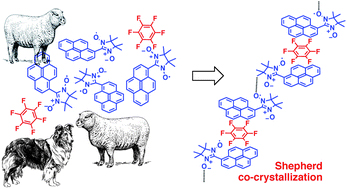
Magnetism in organic crystal structures can be quite a complex property and understanding it’s subtleties is an intense field of study. This HOT Highlight in CrystEngComm details the magnetic properties and crystal structures of functionalized pyrene radicals, Paul M. Lahti et al. found that different polymorphs led to different magnetic properties and that intermolecular distances of NO—ON contacts played a key role in the resultant magnetism. The authors also discovered they could ‘shepherd’ molecules by adding hexafluorobenzene (HFB), altering the stacking and intermolecular contacts resulted in different exchange interactions between the radical molecules. In the co-crystal they observed a weaker but further extending magnetic behaviour, showing how rational manipulation of crystallisation conditions can lead to controlled magnetic properties.
Read the full Highlight which is free to access for 4 weeks in CrystEngComm
Radicals organized by disk shaped aromatics – polymorphism and co-crystals that tune inter-electron exchange
Handan Akpinar, Joel T. Mague, Miguel A. Novak, Jonathan R. Friedman and Paul M. Lahti
CrystEngComm, 2012, Advance Article
DOI: 10.1039/C1CE06096A














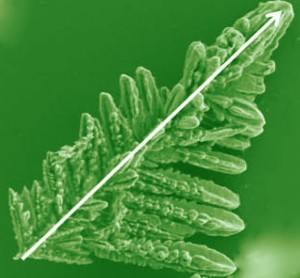
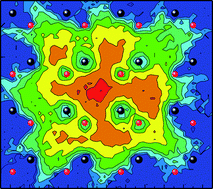
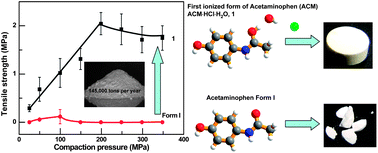 This HOT article reports the first salt form of acetaminophen, which is shown to have superior tableting properties relative to the stable polymorph of the unionised drug. Amide groups are generally considered non-ionisable for the purposes of drug development and there are only a handful of crystal structures with ionised amide groups known. This success of forming an amide–hydrochloride salt using a simple experimental protocol may well encourage other research groups, both industrial and academic, to attempt salt formation with amides.
This HOT article reports the first salt form of acetaminophen, which is shown to have superior tableting properties relative to the stable polymorph of the unionised drug. Amide groups are generally considered non-ionisable for the purposes of drug development and there are only a handful of crystal structures with ionised amide groups known. This success of forming an amide–hydrochloride salt using a simple experimental protocol may well encourage other research groups, both industrial and academic, to attempt salt formation with amides.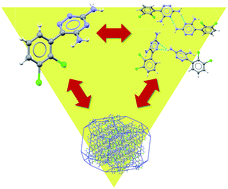


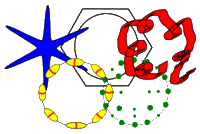

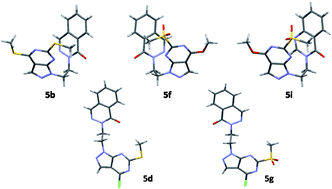 In this
In this